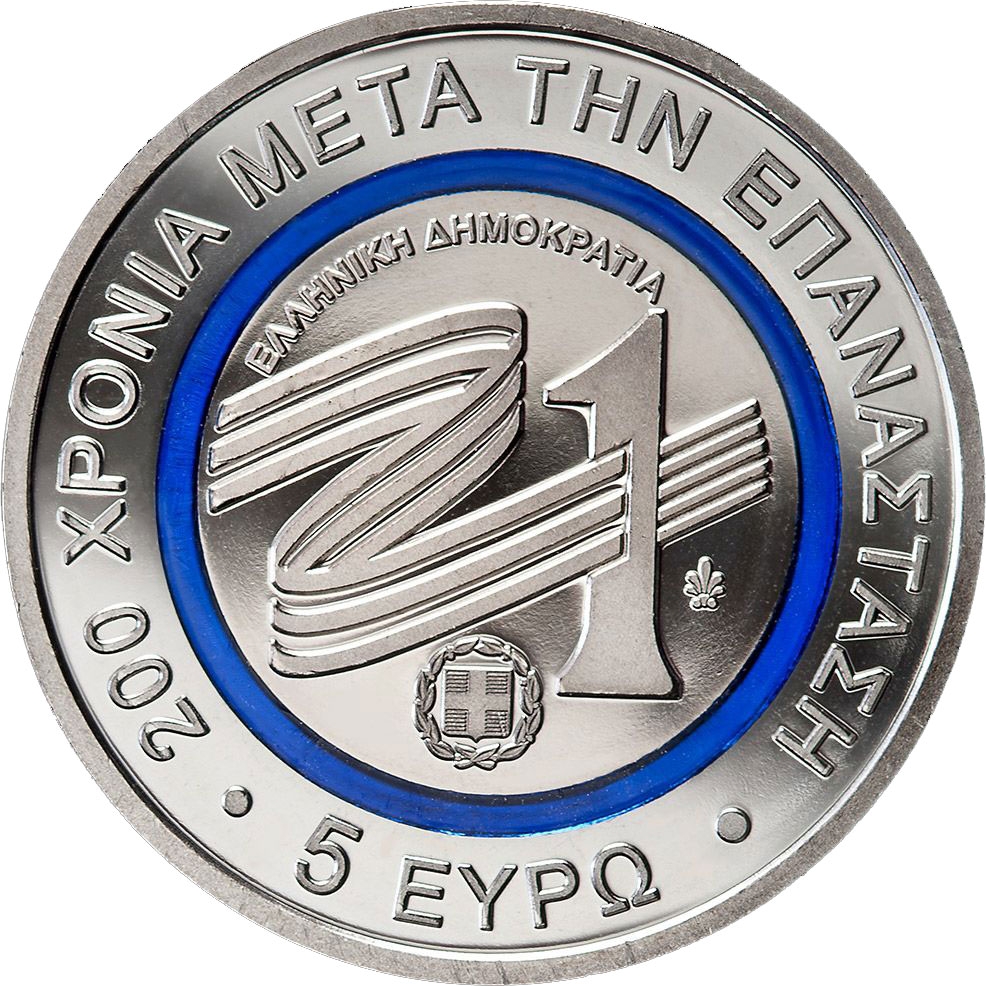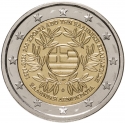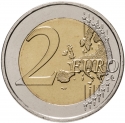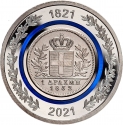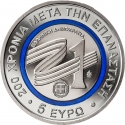You are about to finish your registration. Please check your mailbox (including spam folder). There should be a letter with a confirmation link. Check setting to make sure that your e-mail address is correct.
Send letter againDescription
The Greek War of Independence, also known as the Greek Revolution, was a successful war of independence waged by Greek revolutionaries against the Ottoman Empire between 1821 and 1830. The Greeks were later assisted by Great Britain, France and Russia, while the Ottomans were aided by their North African vassals, particularly the eyalet of Egypt. The war led to the formation of modern Greece. The revolution is celebrated by Greeks around the world as independence day on 25 March.
After nine years of war, Greece was finally recognized as an independent state under the London Protocol of February 1830. Further negotiations in 1832 led to the London Conference and the Treaty of Constantinople; these defined the final borders of the new state and established Prince Otto of Bavaria as the first king of Greece.
One of the first measures taken by Governor Ioannis Kapodistrias to organize the newly established Greek state and assert its independence was to issue a national currency in order to replace foreign currencies in transactions. On 29 July 1828, the Fourth National Assembly of Argos introduced the first modern Greek monetary system, based on the “phoenix”, divided into 100 lepta.
The first silver “phoenix” coins were struck on 27 June 1829 in the courtyard of Kapodistrias’ house in Aegina under the supervision of Alexandros Kontostavlos, on a 1530 press purchased from the Knights of St John of Malta. The first dies were engraved by goldsmith Hatzi-Grigoris Pyrovolistis.
The first silver “phoenix” coins were struck on 27 June 1829 in the courtyard of Kapodistrias’ house in Aegina under the supervision of Alexandros Kontostavlos, on a 1530 press purchased from the Knights of St John of Malta. The first dies were engraved by goldsmith Hatzi-Grigoris Pyrovolistis.
Engraver: Geórgios Stamatópoulos
Obverse

|
Depicts the reverse of the first Phoenix coin issued in 1828 in the centre in the centre within a wreath of two olive tree branches, dates above and below. 1821 |
|---|---|
Reverse

|
Depicts the logo of the “Greece 2021” Committee’s Numismatic Programme with the Greece coat of arms and the mintmark of Athens Mint (stylized acanthus leaf) below country name (Republic of Greece) above, surrounded by the inscription "200 Years Since The Revolution". 200 ΧΡΟΝΙΑ ΜΕΤΑ ΤΗΝ ΕΠΑΝΑΣΤΑΣΗ |
| Edge |
5 Euro
KM# 340
Characteristics
| Type | Commemorative Issue (Non-circulating) |
| Material | Tri-Metallic |
| Outer ring | Bronze Nickel |
| Inner ring | Polymer |
| Center | Bronze Nickel |
| Weight | 9 g |
| Diameter | 27.25 mm |
| Thickness | 2.2 mm |
| Shape |
|
| Alignment | Medal |
| Mint |
Bank of Greece
|
Related coins
200th Anniversary of the Greek Revolution

